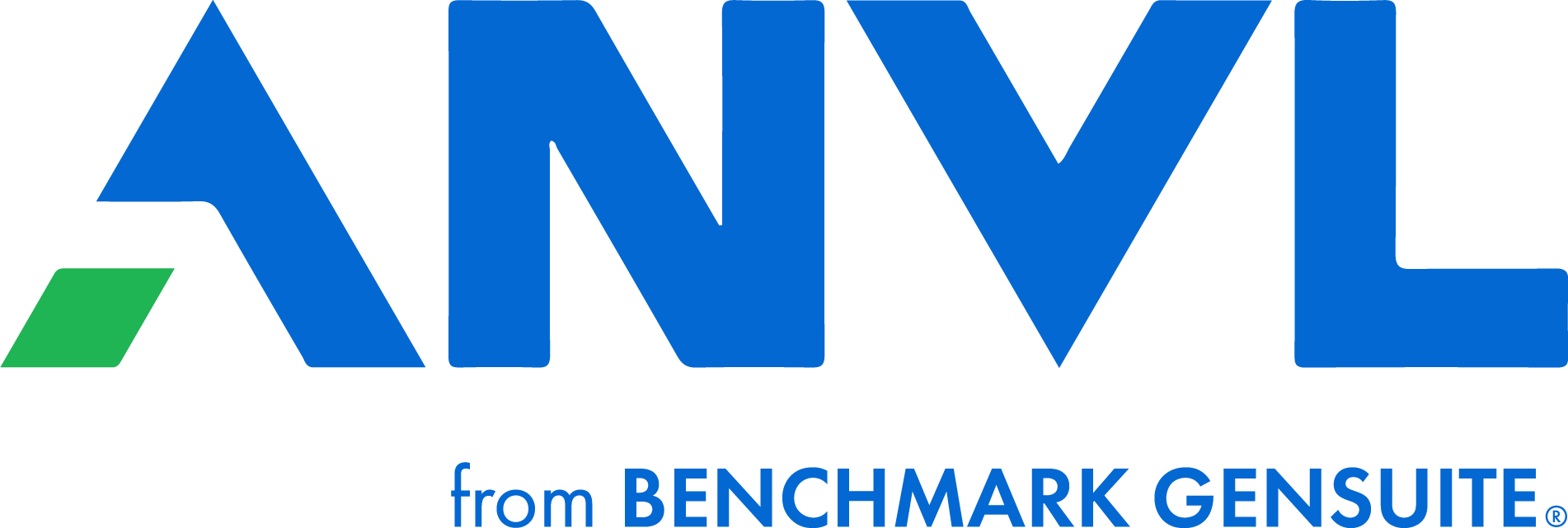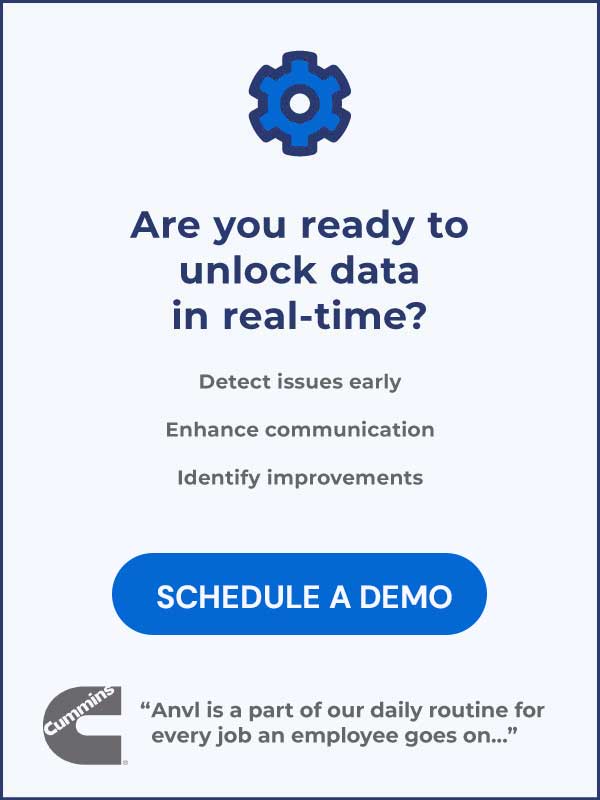Read the full article on Manufacturing Outlook
Industry 4.0 is upon us, and companies are at a pivotal moment as more industry leaders lean into these digital solutions. Over the past year, 85% of global industry executives have invested in Connected Worker solutions, a trend that will only continue to experience future growth. However, despite these investments, less than half of manufacturing companies have deployed digital, wearable, mobile, or sensor technologies in their operations that their frontline workers will and want to use.
While companies can reap countless benefits by leveraging digital solutions, these investments must be made with frontline workers in mind. Far too often, companies implement technology that is not designed for frontline workers, causing a fracture in the continuous improvement process and losing out on opportunities to improve quality.
Since nearly 60% of the workforce is disengaged with their work, it’s never been more critical for manufacturing leadership to explore digital solutions that frontline workers and supervisors will actually use. Implementing these solutions allow frontline workers to become quality leaders themselves, driving improvements in quality and process compliance in addition to worker engagement.
The problem
Frontline workers tend to abandon overly cumbersome technology, which then bypasses data collection ‒ the most critical step in continuous learning and improvement. Without engaging Connected Worker platforms, the opportunity for data collection and capturing quality defects is lost at the point that matters most. As a result, there is no way for frontline workers to identify and report compliance issues, or for management to give instant feedback and in-the-moment guidance, resulting in data collection and synthesis delays.
Aside from unreliable data due to unused processes and tools, disengaged workers may also go through the motions of “pencil whipping” and provide only the minimum data required, if that. Others may use technology that often digitizes paper forms, but the data still remains hidden and makes it harder for supervisors to get the data when needed. No matter what, a static form, even if it’s electronic, can’t provide the necessary insight.
Without the opportunity for immediate validation or situational prompts, a communication breakdown occurs between frontline workers and managers. When this happens, the continuous improvement cycle fails: at the point where work occurs…..
Read the full article on Manufacturing Outlook



